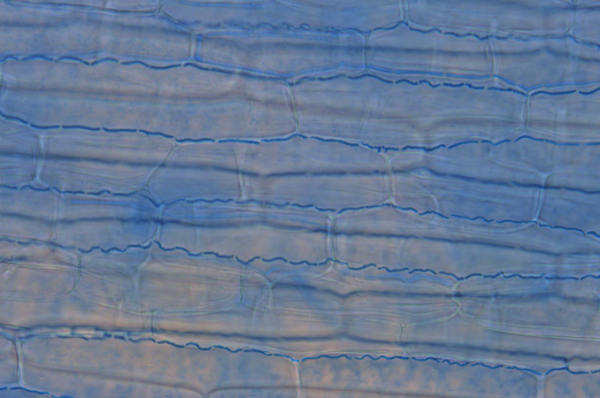Background
Epichloë endophytes occur naturally in some grasses, such as those used to feed livestock on New Zealand farms. While some types of endophyte can be harmful to livestock, selected endophytes introduced to varieties of grass offer benefits such as deterring insect pests from feeding on the grasses, while minimising any negative health effects.
The addition of selected fungi called Epichloë endophytes to ryegrass has saved New Zealand billions of dollars over the past 30 years, and now gene editing technology could provide even greater benefits through targeted changes to these endophytes. AgResearch scientists, with partners PGG Wrightson Seeds and Grasslanz Technology, supported by funding from the government, have been researching how the use of gene editing tools to change the DNA of endophytes might generate further gains on top of the considerable progress achieved to date by conventional selection.
